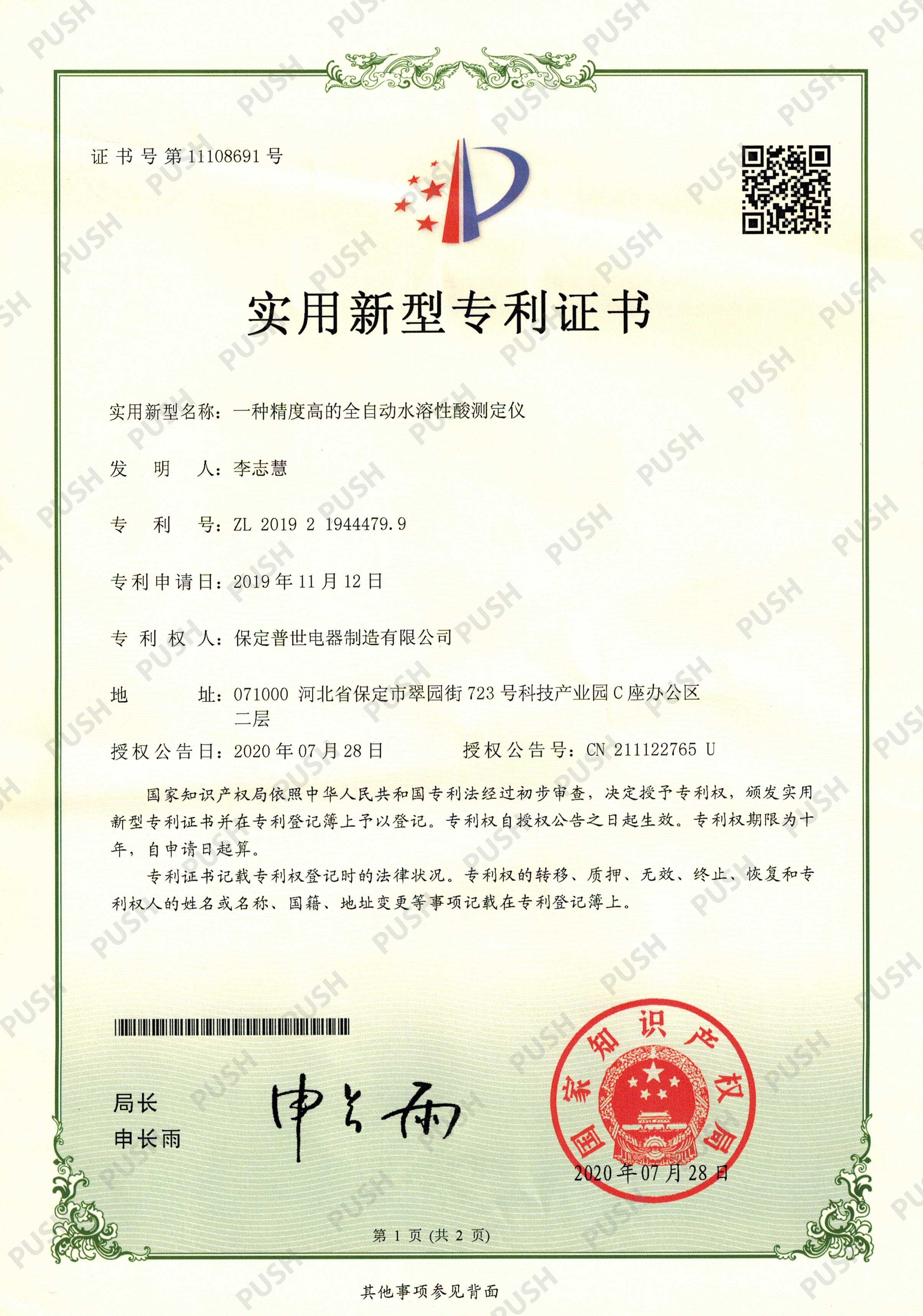 English
English


Testing the Insulation Strength of Devices Against Separate Source Voltage Conditions
Separate Source Voltage Withstand Test Ensuring Electrical Safety and Reliability
In the realm of electrical engineering, ensuring safety and reliability in electrical components is of paramount importance. One critical aspect of this process is the Separate Source Voltage Withstand Test. This test is essential for evaluating the ability of electrical insulation systems to withstand high voltage levels without failure. It plays a crucial role in determining the integrity of various electrical devices and systems, particularly in high-voltage environments.
What is Separate Source Voltage Withstand Test?
The Separate Source Voltage Withstand Test, often referred to as the dielectric withstand test, is designed to assess the insulation resistance of electrical equipment when subjected to voltage higher than its normal operating conditions. This test involves applying a specific voltage, typically generated from a separate source, to the equipment under test (EUT) to verify that it can withstand short-term overvoltage without experiencing breakdown or failure.
The test setup usually includes a high-voltage source, measurement apparatus, and the EUT, which can range from transformers and circuit breakers to control panels and wiring systems. The voltage is applied for a predetermined duration while monitoring the insulation resistance and any potential leakage currents.
Importance of the Test
1. Safety Assurance Electrical equipment operates in environments where overvoltages can occur due to lightning strikes, switching surges, or other transients. By performing the Separate Source Voltage Withstand Test, manufacturers and end-users can ensure that their devices will not fail under such conditions, hence protecting human lives and property.
2. Reliability Equipment that has passed this test can be deemed more reliable and robust, reducing the likelihood of unexpected failures during operation. This reliability is crucial in industries such as power generation, automotive, and aerospace, where equipment downtime can lead to significant costs and risks.
3. Compliance with Standards Many industries have strict regulatory standards requiring such testing as part of the product certification process. By conducting the Separate Source Voltage Withstand Test, manufacturers can ensure compliance with international safety and performance standards, thereby enhancing their market competitiveness.
separate source voltage withstand test

4. Quality Control Regularly implementing this test during the manufacturing process helps in maintaining high-quality production standards. It aids in identifying potential insulation shortcomings early in the manufacturing phase, reducing the chances of faulty products reaching the market.
Methodology
Conducting a Separate Source Voltage Withstand Test typically involves the following steps
1. Preparation Ensure the equipment is disconnected from any power source, and all necessary safety precautions are in place. 2. Setup Connect the high-voltage source to the terminals of the EUT. Ensure that the measurement devices are appropriately calibrated for accurate readings.
3. Application of Voltage Gradually ramp up the voltage to the designated test level, generally ranging from 1.5 to 3 times the rated voltage, depending on industry standards. Maintain this voltage for a specified duration, usually between one minute to several minutes.
4. Monitoring Monitor the leakage current and insulation resistance throughout the test period. Any significant increase in leakage current may indicate a failure in the insulation.
5. Evaluation After the test, assess the results. If the insulation withstands the applied voltage without significant leakage or failure, the equipment is deemed to pass the test.
Conclusion
The Separate Source Voltage Withstand Test is a vital procedure in the landscape of electrical safety and reliability. It not only ensures compliance with industry standards but also instills confidence in both manufacturers and consumers regarding the performance of electrical equipment. By rigorously evaluating insulation integrity, this test plays a significant role in advancing the overall safety and dependability of electrical systems, ultimately contributing to a safer electrical infrastructure. In a world where electrical devices are ubiquitous, such testing methodologies stand as the first line of defense against electrical failures and hazards.
-
Differences between open cup flash point tester and closed cup flash point testerNewsOct.31,2024
-
The Reliable Load Tap ChangerNewsOct.23,2024
-
The Essential Guide to Hipot TestersNewsOct.23,2024
-
The Digital Insulation TesterNewsOct.23,2024
-
The Best Earth Loop Impedance Tester for SaleNewsOct.23,2024
-
Tan Delta Tester--The Essential Tool for Electrical Insulation TestingNewsOct.23,2024





